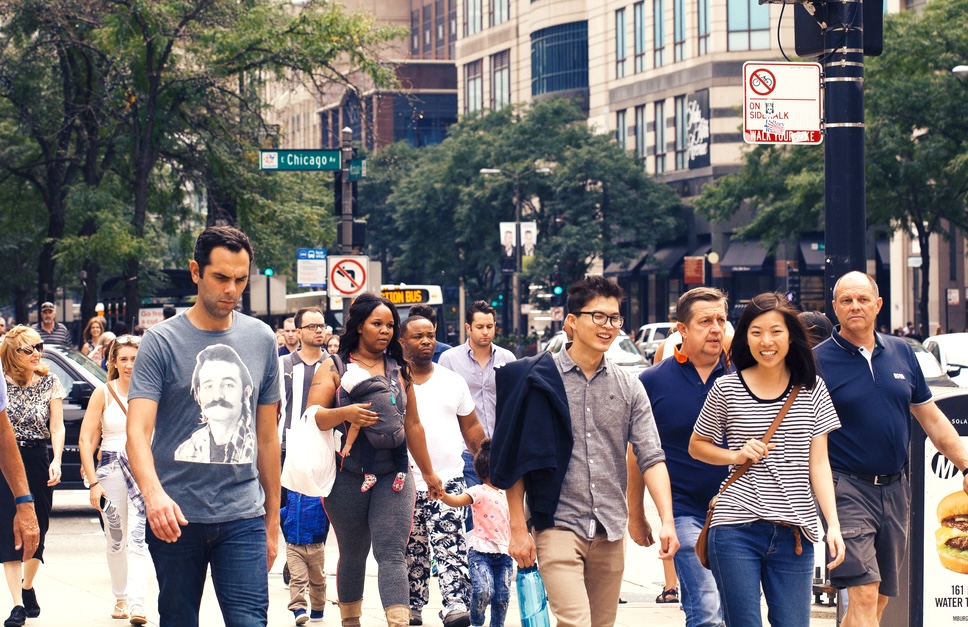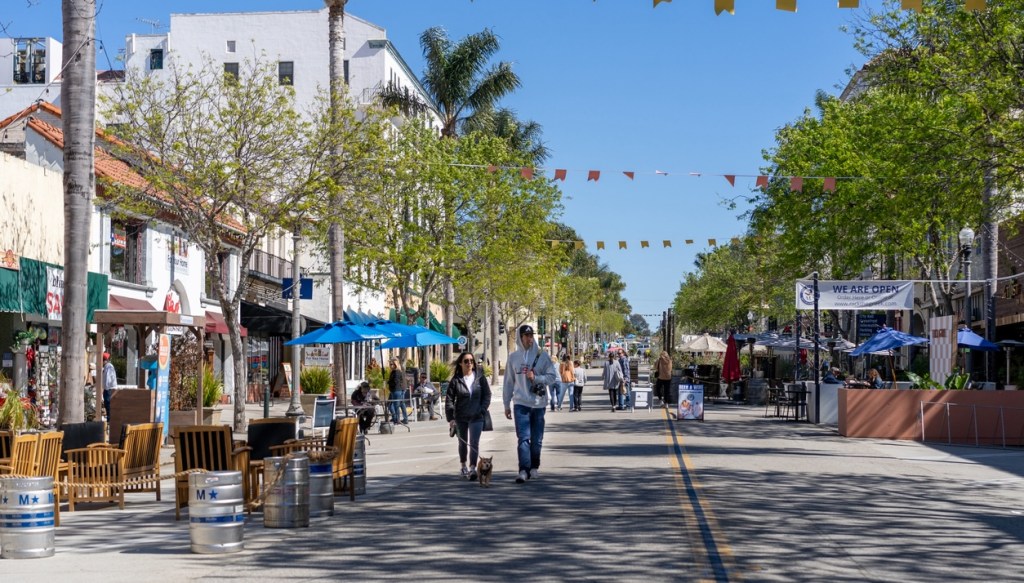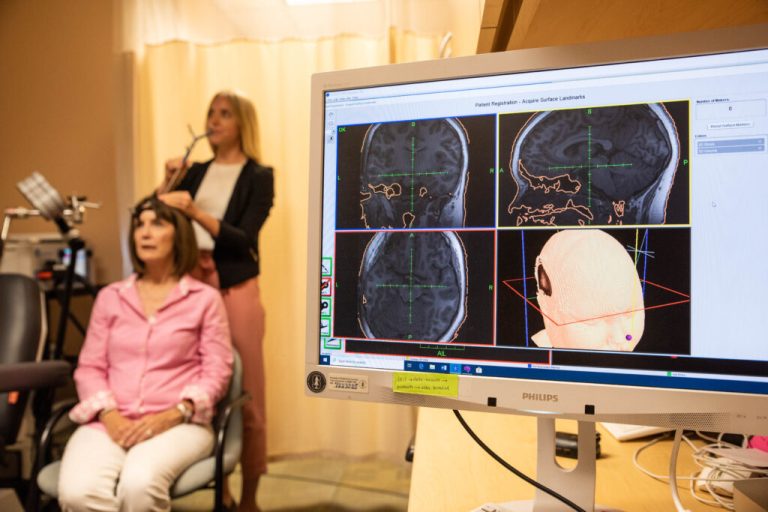Twins present a unique opportunity for scientific study. Their shared genetics and family backgrounds allow researchers to evaluate the differences in their lives more objectively than is possible with people who have fewer factors in common. A new analysis of nearly 11,000 twins made use of this advantage to determine how a person’s environment affects the amount of walking they do.
Anyone who has house- or apartment-hunted recently has likely made use of tools like Walk Score to check the on-foot proximity of supermarkets, libraries, and the like. Walkability is a coveted characteristic: Being able to hoof it means spending less time in traffic and less money on gas. And per the new research, living in a more walkable neighborhood is also linked to increased physical activity.
“We have so many people in the U.S. population who don’t get sufficient activity. If we could shift the percentage of the population that just took on more plain old walking, we would see real health benefits,” said lead author Glen Duncan, a Washington State University nutrition and exercise physiology professor.

To investigate the association between walkability and physical activity, Duncan and his team looked at 5,477 pairs of twins living across the U.S. from 2009 to 2020. They found that subjects who lived in more walkable areas reported more physical activity than their siblings in less walkable locales. And when an area became 1% more walkable, people walked 0.42% more each week. Scale that up, and a 55% increase in walkability would result in around 23% more walking — or about 19 minutes a week for every resident in the area.
In other words, when investments are made in changing public infrastructure to support walkability — like adding more sidewalks and crosswalks — people walk more. Duncan believes the results could inform policy and encourage cities to take action.
“That could be a really good thing for public health,” he told Grist, adding: “Individual behavior change just isn’t doing it. We’ve kind of done that to death, in my opinion. We just tell people to eat your fruits and vegetables and get more exercise, without really thinking about the larger structural problems that hinder people from eating better and getting more activity.”

Duncan’s study isn’t the first to pinpoint the positive health impacts of living in a walkable area. A paper published in May 2024 found that the prevalence of modifiable cardiovascular risk factors — i.e. things like high blood pressure and limited physical activity — among people with a history of cancer was lower for those living in the most walkable neighborhoods than for those living in the least walkable. Another from 2021 showed higher walkability was associated with lower mortality rates in a cohort of 13,832 women.
Beyond the boon to well-being on the individual health level, making cities more walkable is beneficial at the population level: Fewer drivers and more safety measures mean fewer pedestrian deaths. Additionally, it’s a positive for the environment as well as community connectedness and the economy, per Multisolving Institute director Elizabeth Sawin, who was not involved in the new research.
“Every trip taken on foot instead of by a fossil fuel-powered car reduces greenhouse gas emissions,” Sawin explained to Grist. “Walkability also helps connect people with the neighbors and local businesses, and increases a sense of connection and economic vitality.”

And according to Bunmi Akinnusotu, director of city innovation at the nonprofit Aspen Institute, the people who could potentially benefit the most from government investment in improved walkability are those living in underserved communities.
“I think it is going to make a world of a difference for many people — marginalized groups in particular,” she said.
RELATED: NYC’s Iconic Fifth Avenue Is Getting a Pedestrian-Focused Redesign — See the Renderings











